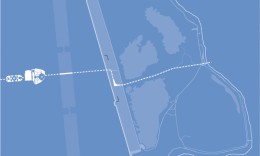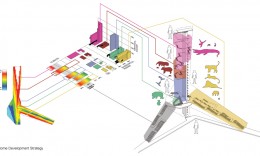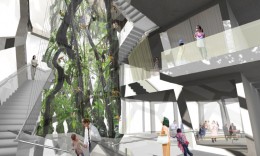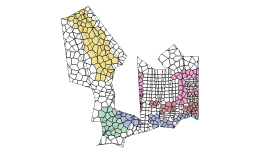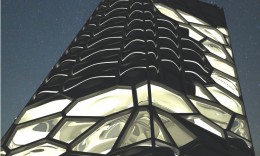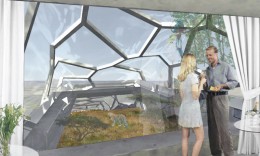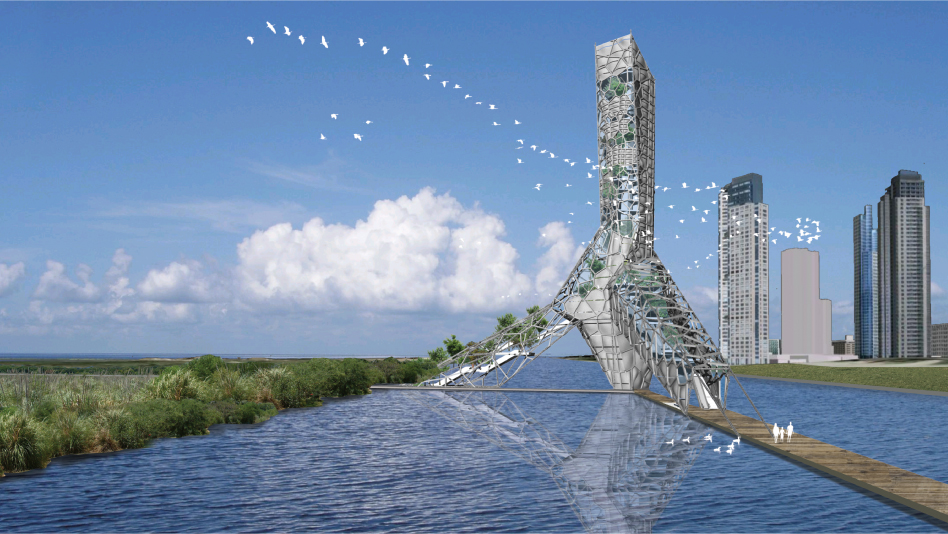
In a standard zoo, animals are compiled from diverse ecological sites and assembled into a single area with defined hours of operation, regardless of the species’ individual habitation patterns and climatic preference. If the purpose of a zoo is to observe and interact with animals, it is our proposal to do so in their most natural habitats; spatially and temporally. By grouping animals according to their bioclimatic constraints and situating these biomes strategically to take advantage of the spatial and climatic opportunities afforded by the built form, an optimized experience of human observation and animal inhabitation is achieved.

Addressing the traditional inefficiency of zoo operations and the fact that the majority of animals are actually nocturnal, the zoo is united with 24 hour human program such as a hotel, restaurant, and night club – not only maximizing the buildings’ efficiency but offering a truly unparalleled engagement of the dynamic relationship between man and animal. To facilitate this relationship in the fabric of Buenos Aires, the building is located in the middle of a seasonal pond utilizing a new boardwalk for public circulation, providing a connection between the axis of monuments, the ecological reserve, and the sea beyond. The zoo acts as the boundary, offering numerous exclusive perspectives and unique relationships to the local ecologies, both urban and natural.
